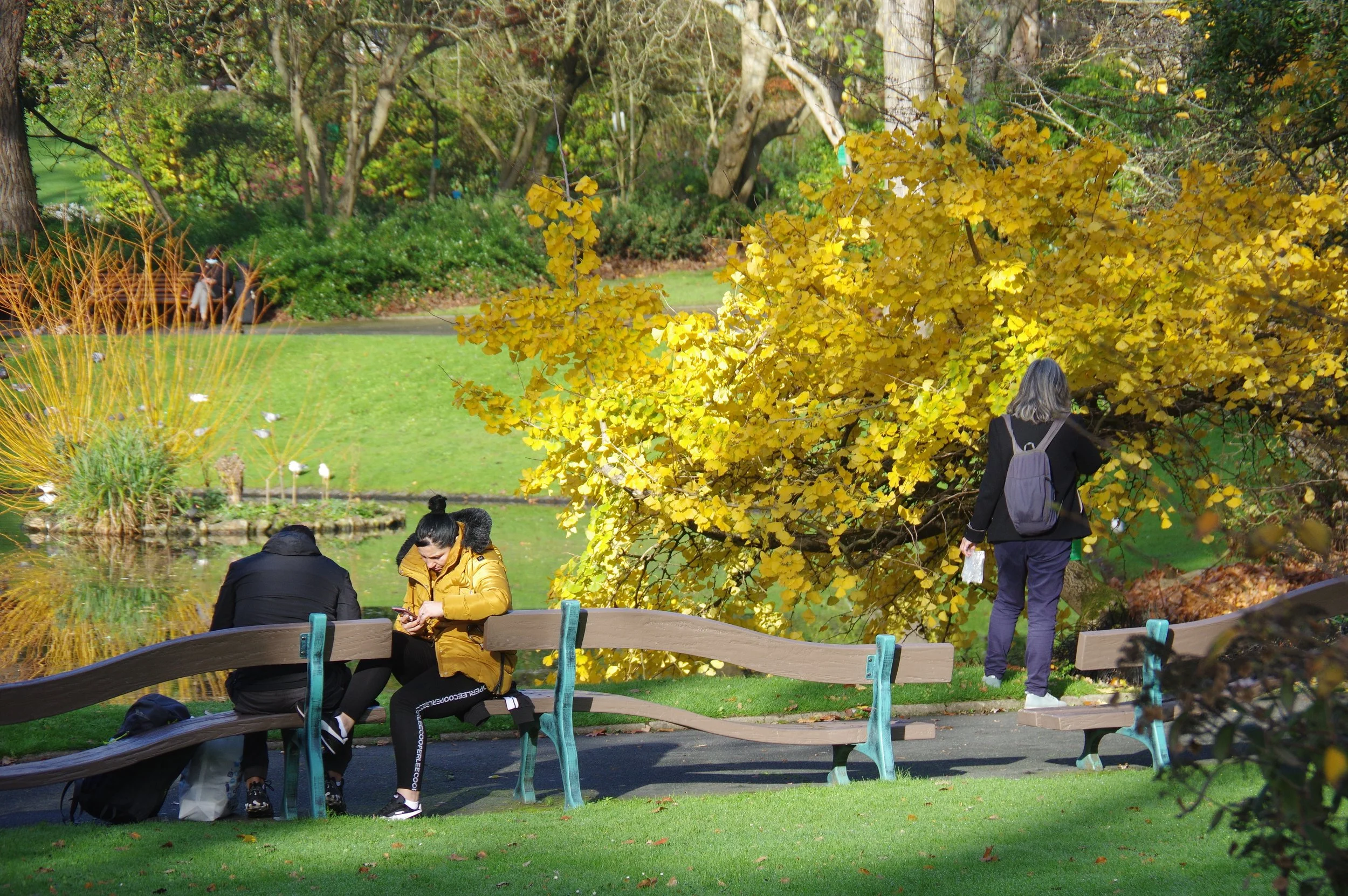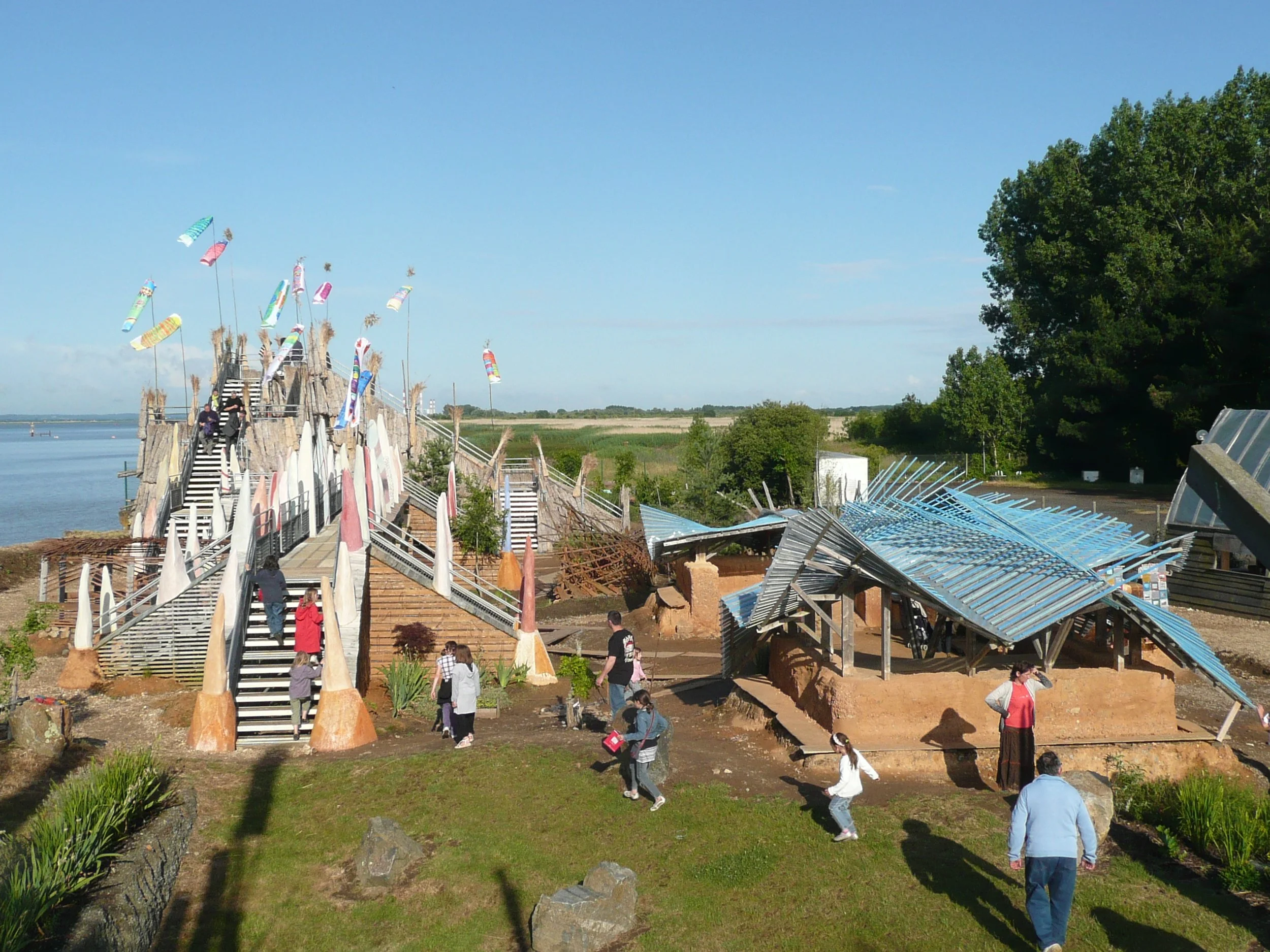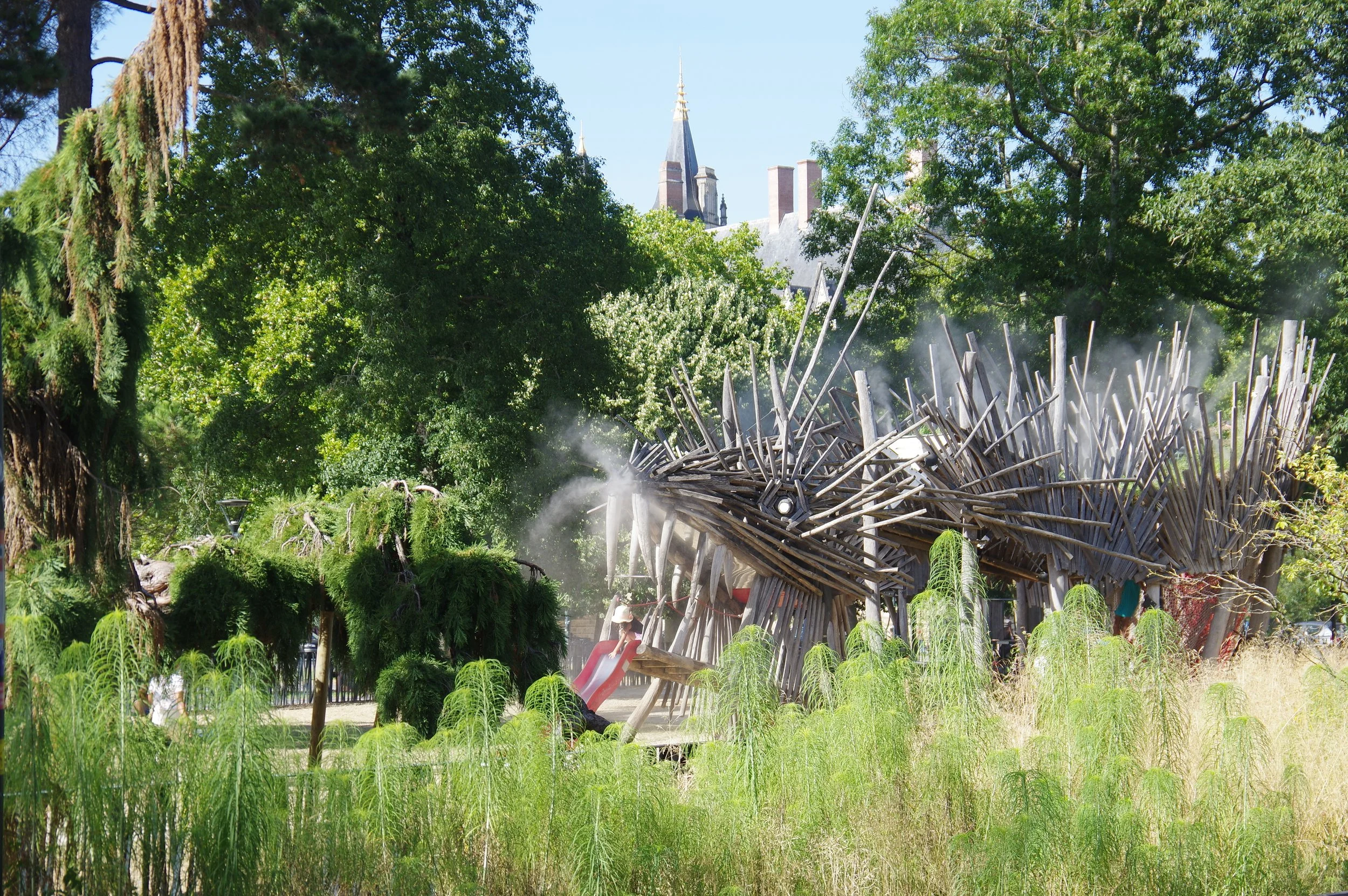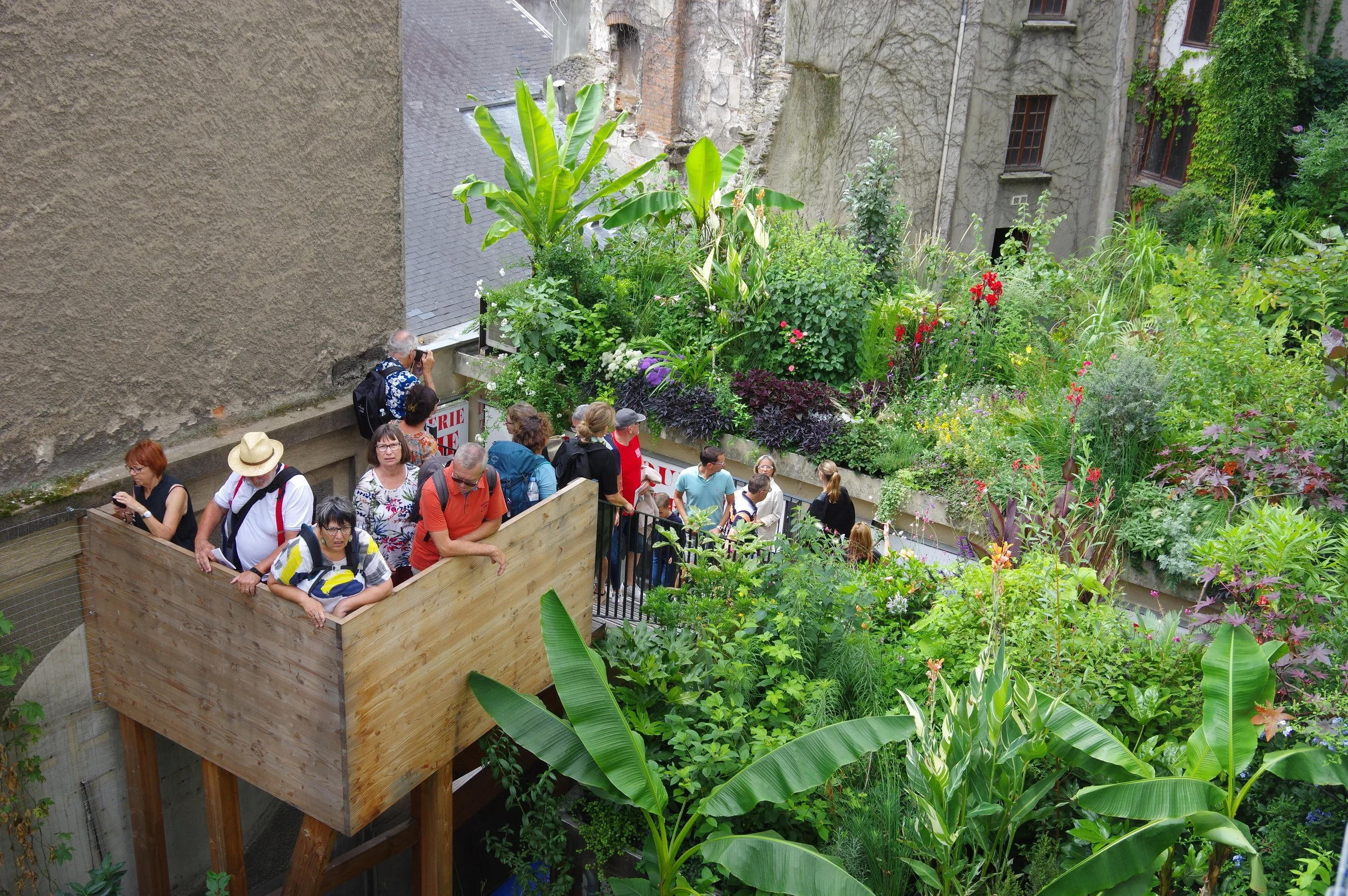Standing Tall: Lessons from Nantes and the Future of Landscape Architecture
By Tony Brophy
The 2025 IFLA World Congress in Nantes offered more than a gathering of professionals; it provided a living case study of how cities can thrive when landscape leads. Nantes, celebrated as European Green Capital in 2013, demonstrates how interdisciplinary collaboration, political leadership, and a holistic vision of blue–green infrastructure can transform urban quality of life. Its cultural landmarks, imaginative public realm, and ecological systems highlight the central role of landscape architects in shaping resilient futures.
Yet, alongside celebration, the Congress revealed a persistent challenge: the profession’s ongoing identity debate. While other disciplines press ahead, landscape architects continue to question recognition and self-worth. In an era of climate crisis, biodiversity loss, and declining public health, the time for doubt has passed.
Drawing on insights from biophilia research, soil science, and the emerging green economy, this article argues that landscape architects must stand tall and claim leadership. Global exemplars —from Germany’s BUGA to Medellín’s green corridors — show the transformative impact of landscape at scale. The world now needs landscape architects not only as designers, but as guides shaping the transition to sustainable, bio-based societies.
Standing Tall: Lessons from Nantes and the Future of Landscape Architecture
“We are part of this Earth and it is part of us.”
— Geoffrey Jellicoe, The Landscape of Man (1975)
When Sir Geoffrey Jellicoe, founding president of both the Institute of Landscape Architects (1929) and the International Federation of Landscape Architects (1948), wrote those words, he articulated a vision of humanity’s profound entanglement with the natural world. Today, in the midst of climate, health, and ecological crises, that vision feels more urgent than ever.
The 2025 IFLA World Congress in Nantes embodied this urgency. Under the theme Guiding Landscapes, Nantes presented itself not only as host but as exemplar: a city that has elevated landscape to the centre of its identity and transformation. Its story illustrates how landscape-led thinking can create healthier, more liveable, and more resilient cities.
Photo credit: Jacques Soignon, Retired Nantes Parks Director.
Nantes: A Green Benchmark
Nantes has long been celebrated for its cultural imagination. Yet what makes the city remarkable in the 21st century is its holistic approach to urban development, in which landscape architects play a pivotal role.
The results are clear: car traffic subdued in favour of green infrastructure, population growth from 600,000 to over 900,000 within a decade, and corporations relocating to offer families the quality of life that only a genuinely healthy city can provide. Blue–green infrastructure, exemplary public transport, and cultural projects such as Les Machines de l’Île and Claude Ponti’s living sculptures in the outstanding Jardins Des Plantes make Nantes a living demonstration of landscape as both ecological system and cultural narrative.
Recognition came in 2013 when Nantes became the first French city to be awarded the title of European Green Capital. The momentum has continued under Mayor Johanne Rolland’s compassionate and visionary leadership, proving that sustained political will, when paired with professional expertise, can transform urban futures.
Photo credit: Jacques Soignon, Retired Nantes Parks Director.
The Profession’s Identity Question
The Congress also held up a mirror to the profession itself. A roundtable on The Role of the Landscape Architect for a Common Future revisited familiar questions: Who are we? How are we recognised? Why are we undervalued compared to other professions?
This identity crisis is not new; it echoes debates heard decades ago. Yet the world has changed around us. The crises we face — climate breakdown, biodiversity loss, declining public health —demand not introspection but leadership. Landscape architects are uniquely equipped with the vision and skills to respond. The moment calls not for modesty but for confidence: to seize the high ground and act with Jellicoe’s conviction that landscape shapes the wellbeing of societies.
Health, Biophilia, and the Evidence Base
Scientific research continues to strengthen the case. Harvard ecologist Edward O. Wilson’s concept of biophilia (1984) has been expanded by studies demonstrating direct links between interaction with nature and health. Baroness Kathy Willis’s Good Nature (2025) synthesises this evidence, showing how sensory engagement with landscapes contributes to wellbeing, and urging governments to treat access to green space as essential public policy.
The message is unequivocal: nature is not a luxury. It is infrastructure for health, productivity, and resilience. In the context of urbanisation — with 70% of humanity projected to live in cities by 2050 — this is landscape architecture’s core mandate.
Soil, Knowledge, and the Green Economy
Healthy cities begin with healthy soils. The EU’s Mission Soil initiative recognises that soil is not merely a scientific concern but a cultural, social, and political one. Canadian landscape architect Heide Hermary (1948–2016) anticipated this decades ago, creating Gaia College to advance organic horticulture and ecological land care. Heide’s legacy reminds us that the profession must remain grounded — literally — in the living systems beneath our feet.
Emerging research, such as Mortensen et al. (2025), demonstrates how diverse planting strategies enhance both soil carbon inputs and productivity. These insights intersect with the wider discourse of the green economy. Economists such as Sir Dieter Helm (Legacy: How to Build the Sustainable Economy, 2023) and Professor Paul Ekins OBE (Stopping Climate Change: Policies for Real Zero, 2023) argue persuasively for valuing natural capital and reshaping economies to reflect ecological limits.
Here, landscape architects have a critical role: translating abstract economic frameworks into living, functional landscapes that deliver multiple benefits.
Global Exemplars of Landscape Leadership
Nantes is not alone. Around the world, landscape-led initiatives illustrate the transformative power of IFLA’s discipline:
• Germany’s Bundesgartenschau (BUGA), since 1951, reshaping cities and catalysing regeneration.
• London’s Queen Elizabeth Olympic Park (2012), creating a new metropolitan heart for East London.
• Singapore’s City in a Garden strategy, embedding biodiversity and green corridors into a dense metropolis.
• Medellín’s green corridors, symbols of ecological and social transformation.
• Iconic projects such as New York’s High Line, Chicago’s Millennium Park, and Addis Ababa’s river and green development projects.
These examples show what Geoffrey Jellicoe foresaw: that landscape is not peripheral, but central to civilisation’s renewal.
A Clarion Call to Confidence
As participants witnessed in Nantes, landscape can inspire as well as heal. The Jardins Extraordinaires, a 7-hectare transformation of a disused granite quarry, captures both the imagination and the ecological spirit of our times. It is a reminder that extraordinary projects emerge when vision, politics, and professional expertise align.
The time is right for landscape architects to stand tall. IFLA must move beyond doubts about professional identity and claim it’s rightful position at the centre of the global climate change and sustainability agendas. The world is transitioning towards bio-based societies and green economies; IFLA’s discipline is uniquely placed to lead.
Geoffrey Jellicoe would expect nothing less. The landscape case is proven. The world now needs landscape architects not only as designers but as guides — confident, visionary, and unafraid to shape the common future. Just do it!
References
• Dieter Helm, Legacy: How to Build the Sustainable Economy (2023)
• Paul Ekins, Stopping Climate Change: Policies for Real Zero (2023)
• Kathy Willis, Good Nature: Improve Your Health and Happiness with Nature – One Simple Step at a Time (2025)
• Heide Hermary, Working with Nature – Shifting Paradigms: The Science and Practice of Organic Horticulture (2007)
• Mortensen, E. Ø. (2025). Carbon and Nitrogen Dynamics in Diversified Managed Grasslands: Effects of Species Traits and Mixture Design. Aarhus University.
Five quotes crafted for IFLA
“The time for doubt has passed — landscape architects must stand tall and lead.”
“Nantes proves that when landscape guides urban policy, health, culture, and prosperity follow.”
“Nature is not a luxury. It is essential infrastructure for human wellbeing.”
“Healthy cities begin with healthy soils — the foundation of ecological resilience.”
“The landscape case is proven; now the world needs landscape architects as guides to a sustainable future.”
Tony Brophy is a UK-based landscape professional and advocate for working with Nature, ‘Green’ cities and the power of grassland to mitigate climate change. With a commercial background in contracting, horticulture and urban regeneration, he has worked on major projects including the Queen Elizabeth Olympic Park and British Library. Deeply influenced by Sir Geoffrey Jellicoe’s legacy, Tony champions Nature-base Solutions for climate change, grassland carbon sequestration, soil health, green economies, and the vital contribution of landscape to human wellbeing and ecological resilience.
Picture credits: Jacques Soignon, Retired Nantes Parks Director.












